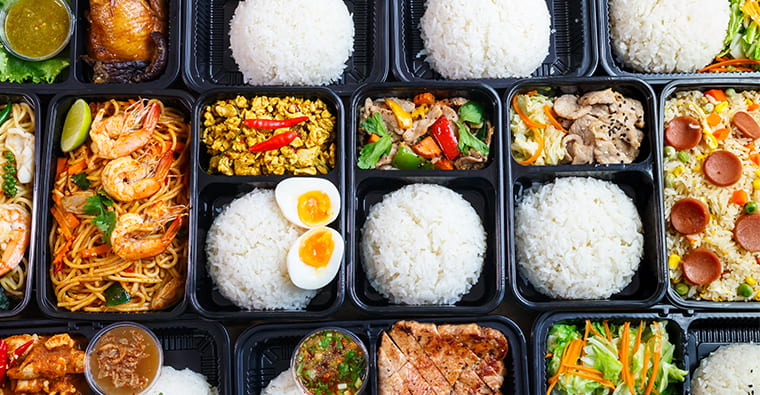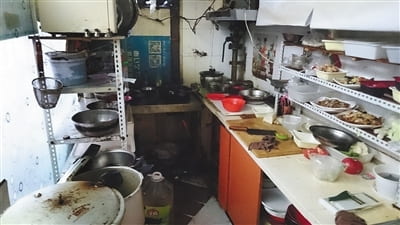
Elderly people rarely order delivery because they are unhealthy. Of course, one of the main reasons for “unhealthy” is that many delivery foods are more heavy-tasting and contain a lot of seasonings. Although it makes people feel good, these heavy oil and sugary foods always discourage the elderly. And another reason to say they are “junk” is that you really can’t tell if they are made out of rubbish, or if they are made next to rubbish.
The food delivery industry didn’t do so much at the beginning, and there were mainly fast-food brands. For example, American fast foods such as KFC and Pizza Hut had their food delivery staff before the rise of the whole market. People order food through the telephone or the Internet, this is the initial “delivery” service. But now, “delivery” has become a common industry, and it is no longer an employee of a restaurant, but an employee of a food delivery app. In many cases, the delivery staff does not care which restaurant produces the food in his hand, let alone whether it is healthy and hygienic.
“Cheap is not good.” The low price of delivery food (although it is only past) once made many people question that the take-out food uses cheap ingredients, and its production process is not aseptic. Although people do not go to the back kitchen to inspect when eating in a restaurant, a physical restaurant always gives them peace of mind.
If a person can open a restaurant on the side of the road, it means that he 1. Must have some registered capital, and it will not disappear suddenly; 2. Have a formal catering license and food sales permission. But in the food delivery field, everything becomes blurred. You can’t see the shop, you can’t see the chef, and you can’t see the ingredients. All you can see is the steaming meal delivered. If it’s a shop with a physical store, it’s okay. You can see some photos taken on platforms such as Elema(better than nothing), but now, a new way of taking out is beginning to spread in every city—— delivery from residential buildings.
Residential delivery factory

Residential building delivery refers to online shops that do not have physical stores, process food in residential buildings (residential houses), and sell only on delivery platforms. Compared to a restaurant, perhaps we should call it a food factory-because it does not accept any in-person customers, but only accepts the delivery staff.
This kind of delivery from residential buildings is not uncommon-at least in Shenzhen, where is no requirement that only commercial land can be used for certificates, so many people cook food in residential buildings and then sell them on delivery platforms. Although some areas have stricter policies, there are always people who can take advantage of the law, and the address written on the certificate may not match the actual address.

This is sometimes noticed by keen consumers – why is the store on the east but the food delivered by the delivery from the west?
In Fabio’s Food, he mentioned that as food begins to be shipped globally, the transparency of food is getting lower and lower. In the beginning, people ate the food in their fields. Later, simple barter allowed them to appreciate the poultry of the neighbors next door. Now, you can’t determine the source of the food. Maybe you can vaguely know that this is Brazilian coffee beans or Japanese rice, but is this the case? Even so, how can their growth environment and transportation environment be guaranteed?
Although there are institutional supervisory powers, humans do not fully believe it. However, young people always have a higher degree of trust in these delivery foods. They are more concerned about whether the food tastes good or not, and not about health issues. It must be pointed out that they are more accustomed to the Internet, and their trust in the Internet is also very high-we can not simply say that this trust is naive, but this kind of shrewd and simple phenomenon is always existing in young Chineses. Rather than “seeing is believing”, they may be more practicing “food not clean, a disease not exist”.
In many cases, we have given up something for the sake of technology and convenience, and transparency in food is one of them.






